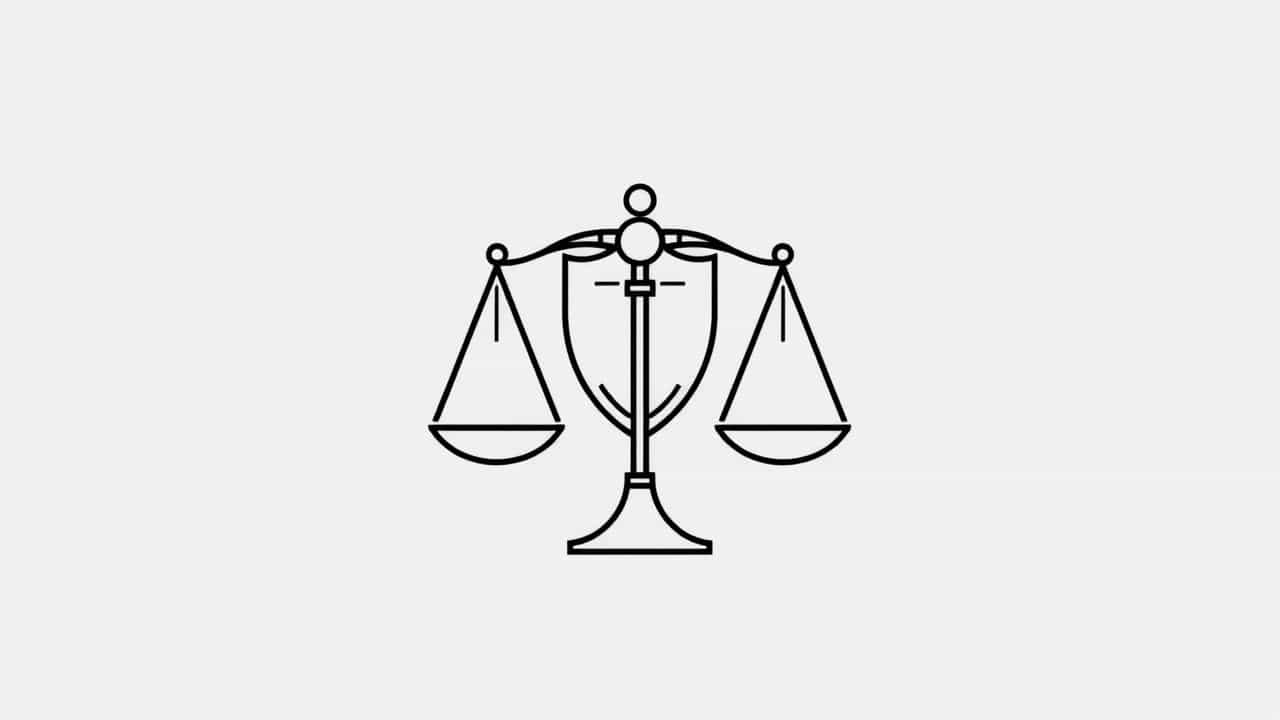An indemnification asset is a financial or contractual guarantee that protects a party from potential losses, liabilities, or unforeseen expenses. These assets typically arise in business transactions, mergers and acquisitions (M&A), and legal agreements where one party agrees to compensate another for specific risks.
Understanding indemnification assets is essential for companies, investors, and individuals involved in complex financial agreements to ensure protection against potential claims or damages.
What Is an Indemnification Asset?
An indemnification asset is a form of financial safeguard that ensures a party does not suffer losses due to certain predefined risks. It acts as a security measure, allowing the protected party to recover costs if a liability arises.
These assets are commonly seen in:
-
Mergers & Acquisitions (M&A)
-
Insurance contracts
-
Business agreements
-
Litigation settlements
For example, in an M&A transaction, a seller may retain an indemnification asset to cover potential tax liabilities or legal claims that arise after the deal is closed.
How Indemnification Assets Work
1. Creation of an Indemnification Agreement
The parties involved agree on specific risks, conditions, and limits for indemnification. This is outlined in a formal contract.
2. Identification of Potential Liabilities
Common risks covered include:
-
Tax obligations
-
Legal disputes
-
Regulatory fines
-
Product liability claims
3. Establishment of Financial Reserves or Guarantees
The indemnifying party may set aside cash reserves, insurance policies, or escrow accounts to cover potential claims.
4. Claims and Compensation
If a covered risk materializes, the protected party files a claim, and funds from the indemnification asset are used to cover the loss.
Types of Indemnification Assets
Indemnification assets can take different forms depending on the nature of the agreement and the risks involved.
1. Escrow Accounts
-
Funds are set aside in a third-party account to cover potential claims.
-
Common in M&A deals where buyers want security against future liabilities.
2. Insurance Policies
-
Some companies purchase indemnity insurance to cover specific risks.
-
Example: Directors and Officers (D&O) insurance protects executives from legal claims.
3. Contractual Guarantees
- A seller in a business transaction may agree to compensate the buyer if undisclosed liabilities emerge.
4. Tax Indemnification Assets
-
Companies use these to cover unexpected tax obligations after a transaction.
-
Example: A business being acquired may face a pending tax audit. The seller agrees to cover any resulting costs.
5. Legal Reserve Funds
- Some firms set aside reserves to cover potential lawsuits or regulatory penalties.
Why Are Indemnification Assets Important?
1. Protection Against Unforeseen Liabilities
-
Ensures that one party does not suffer unexpected financial losses.
-
Provides security in case of future claims.
2. Smooth Business Transactions
-
Helps buyers and sellers in M&A deals manage risk more effectively.
-
Reduces uncertainty in negotiations.
3. Compliance with Accounting Standards
-
Companies must record indemnification assets correctly on their balance sheets.
-
Ensures transparency in financial reporting.
4. Increased Investor Confidence
- Investors feel more secure when companies have indemnification protections in place.
Indemnification Assets in Mergers & Acquisitions (M&A)
In M&A transactions, indemnification assets play a crucial role in protecting buyers from post-deal risks.
1. Seller’s Obligation to Indemnify
- The seller may agree to cover undisclosed debts, lawsuits, or tax issues.
2. Use of Escrow Accounts
- A portion of the purchase price is often held in escrow to cover potential indemnity claims.
3. Representations and Warranties Insurance (RWI)
- Buyers sometimes purchase indemnification insurance to cover breaches of contract.
4. Post-Closing Adjustments
- If a liability arises after the deal, funds from the indemnification asset are used to cover costs.
Accounting Treatment of Indemnification Assets
Indemnification assets must be properly recorded in financial statements to ensure compliance with accounting standards.
1. Recognition on the Balance Sheet
-
When a company expects compensation from an indemnification asset, it records it as an asset.
-
Example: If a company expects a tax reimbursement due to an indemnification agreement, it is reflected as a receivable.
2. Corresponding Liability Matching
- Indemnification assets are usually recorded alongside the related liability on the balance sheet.
3. Disclosure Requirements
- Companies must provide clear disclosures about indemnification terms in financial statements.
Common Industries That Use Indemnification Assets
Certain industries frequently use indemnification assets due to the nature of their transactions.
1. Corporate Mergers & Acquisitions
- Buyers use indemnification assets to protect against undisclosed liabilities.
2. Healthcare & Pharmaceuticals
- Companies protect against product liability claims and regulatory fines.
3. Real Estate & Construction
- Developers and property buyers use indemnification to cover legal and financial risks.
4. Financial Services
- Banks and investment firms use indemnification to protect against tax and legal risks.
How to Negotiate an Indemnification Asset in a Contract
1. Clearly Define Indemnified Risks
- Specify what types of losses, claims, or liabilities are covered.
2. Set Limits on Liability
- Establish a maximum indemnification amount to protect both parties.
3. Determine Time Limits
- Define how long the indemnification obligation lasts after a transaction.
4. Choose the Right Financial Security
- Decide whether to use escrow accounts, insurance, or other reserves.
5. Include Dispute Resolution Clauses
- Outline how indemnification disputes will be handled.
Potential Risks of Indemnification Assets
While indemnification assets offer protection, they also come with risks.
1. Unclear Contract Terms
- Poorly defined indemnification clauses can lead to legal disputes.
2. Insufficient Reserves
- If an indemnification asset is underfunded, it may not fully cover liabilities.
3. Delays in Payment
- Some indemnification agreements require lengthy legal processes before compensation is provided.
4. Tax Implications
- Indemnification payments may be subject to taxation, depending on the jurisdiction.
An indemnification asset serves as a financial safeguard, ensuring that a party is protected against specific risks or liabilities. These assets are widely used in business agreements, M&A transactions, and legal settlements to provide security and financial stability.
By understanding how indemnification assets work, businesses and individuals can negotiate stronger agreements, protect their financial interests, and ensure compliance with legal and accounting standards.
